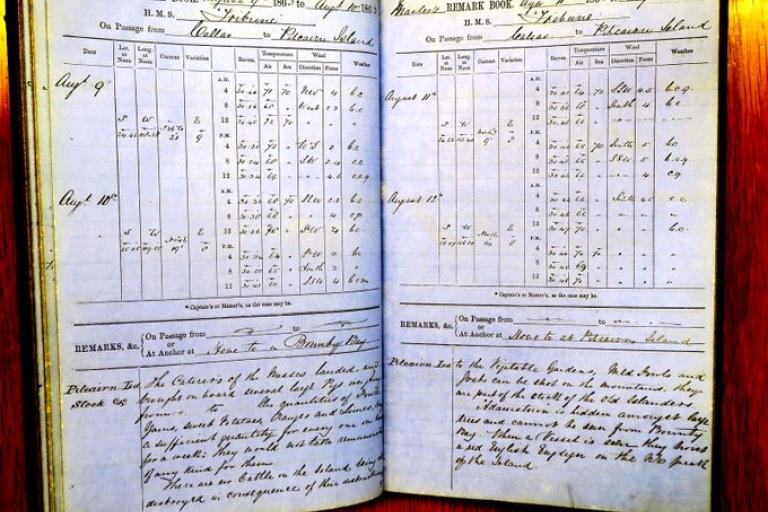WMO updates guidelines on data rescue

Data rescue is critically important to ensure that future generations of scientists and other data users have access to all the information necessary to assess climate variability and change, as well as to provide a range of environmental services. These data help bridge the gap between historical data and current observations.
Given the importance of long-term observations, WMO has a mechanism to recognize centennial observing stations to promote sustainable observational standards and best practices that facilitate the generation of high-quality time series data.
The new data rescue guidelines (WMO-No. 1182) update a 2016 technical document, and incorporate the data rescue guidelines of the European Union Copernicus Climate Change Service (C3S) as WMO Guidelines for Hydrological Data Rescue (WMO-No. 1146). They cover, in particular, the rescue of meteorological, hydrological, marine and other environmental data.
They provide an overview of data rescue is presented, explain the importance and offer practical assistance on archiving original media, imaging, digitization and archiving digital images and digital data. Fourteen appendices provide supporting information.
“The length of available digital environmental data varies between countries and institutions. While many twentieth century records are available in digital format, there are cases where these data, alongside older records from the nineteenth and eighteenth centuries, exist only as hard copy records that need to be rescued and digitized,” says Peer Hechler, WMO Scientific Officer responsible for data rescue.
“The validity of climate models and palaeoclimate data (tree ring data, ice core data, pollen observations and analyses, and so forth) would greatly benefit from long instrumental time series in all regions of the world. Data-sparse regions remain in the twenty-first century. It is thus crucial to obtain and verify the more recent records,” says Omar Baddour, Chief of Climate Monitoring and Policy Services Division.
Extending the environmental record backwards in time and filling in temporal and spatial gaps has a number of benefits:
- It helps make agrometeorological, disease vectorization and hydrological and climatological numerical model representations more credible and enables better projections of future climate;
- Combining rescued data with data already available allows current weather and climate to be better placed within a historical context;
- It provides a basis to assess historical sensitivities of natural and man-made systems to environmental variability and change, thereby better enabling accurate assessments of the impacts of future environmental variability and change.
Such assessments can serve as input for policymakers to mitigate loss from environmental disasters and provide increased information for economic development.
The updated guidelines have been drafted with and reviewed by many experts from the meteorological and academic communities worldwide. This includes from National Meteorological and Hydrological Services, the Copernicus Climate Change Service (C3S), the International Environmental Data Rescue Organization (IEDRO), the Atmospheric Circulation Reconstructions over the Earth (ACRE).
The WMO Secretariat extends its gratitude to everyone involved.

